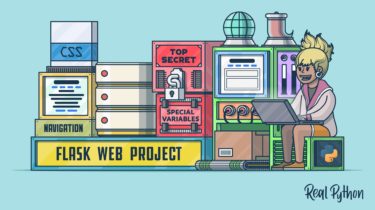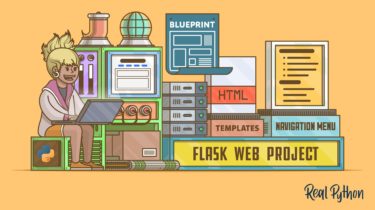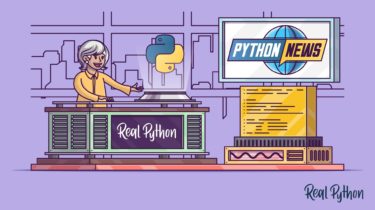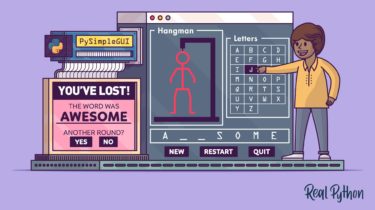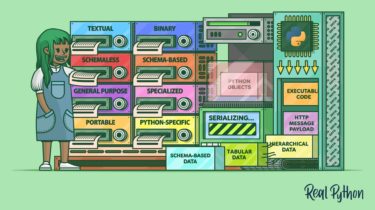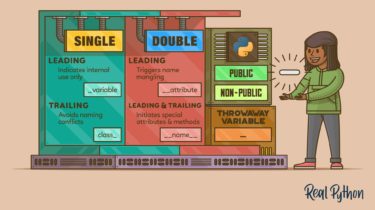Enhance Your Flask Web Project With a Database
Adding a database to your Flask project comes with many advantages. By connecting a database, you’ll be able to store user information, monitor user interactions, and maintain dynamic site content. By the end of this tutorial, you’ll have a robust understanding of how to connect your Flask app to a database and how to leverage this connection to expand your project’s capabilities. Prerequisites You’ll gain the most value from this tutorial if you’ve already created one or more Flask web […]
Read more